Supply and demand curve
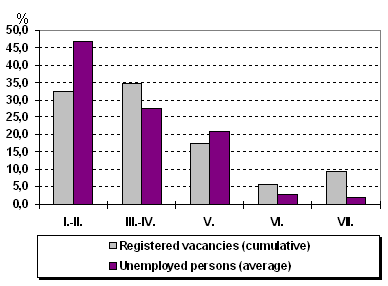
Supply and demand is one of the central concepts of capitalism, the leading economic system of the Western World as well as in such individual nations as Japan or Singapore. In the capitalist system, supply and demand determines all prices of goods and commodities, services, and salaries or wages. To discuss the concept of supply and demand, however, it is perhaps helpful to address first the basic capitalistic model. Capitalism is based on the “free” interaction between those individuals who own capital- the means of production- and those persons who do not. Means of production, such as large factories or machines, are generally unaffordable to most people, so they sell their specific services in the form of labour to the owners of these means. (Jones, 339-356)Theoretically, owners are able to produce whatever commodities they wish in whatever manner and quantities they wish. In the same vein, workers are able to sell their labour to whomever they wish and at whatever price they want. The agreements between these two basic groups result in the wage rate, which defines what proportion of the total goods produced goes to the labourers and what goes to the capitalist owners. Every economic item in the capitalist system has a price, and the individual receives compensation for what she or he sells and then uses this income to purchase other economic items. Again, supply and demand determines the price, or worth, of any economic item.
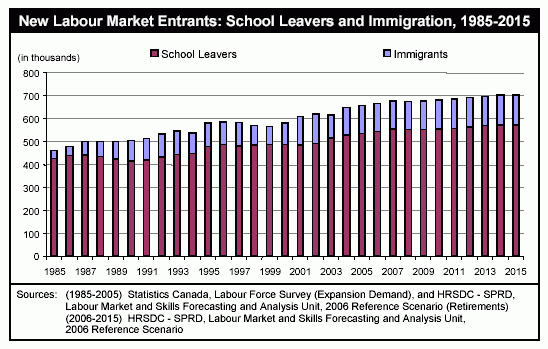
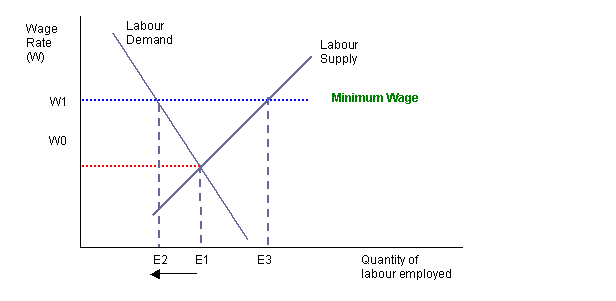
For example, in industrialized countries such as the United States or Great Britain, wide gaps exist between the income of affluent or middle-class wage earners and the income of their working-class or poor counterparts. Supply and demand partially explains these often glaring discrepancies. Wealthier workers usually garner their larger salaries because of their educational credentials; they possess advanced, not easily understood, knowledge that was gained either from extensive schooling or perhaps through a lengthy apprenticeship. High-paying professions include law, accounting, or engineering. While these are diverse careers, they all possess one important thing in common: they require at least a college degree to break into them. These professions require specialized, complex training, and individuals who have such extensive training are very much in demand. Therefore, workers in these fields possess highly marketable skills, and their augmented incomes reflect this increased marketability. (Grantham, 115)
In sharp contrast, workers who possess limited knowledge usually earn much lower incomes. These workers have, at most, a general high school diploma, and they lack specific, easily marketed skills. They usually hold low-status positions that require little or no training. Since most people could hold down these types of jobs, the economic worth of these individuals tends to be much lower. They enjoy less marketing power and their smaller pay checks reflect these cold, inescapable realities.
Obviously, the same principles of supply and demand also apply to commodities. For example, gold is a comparatively rare commodity that is adored for its physical beauty. The demand far exceeds the supply for these expensive economic items. Compare gold with the economic item of typing paper. Typing paper is, of course, a necessary item. However, paper is quickly and cheaply manufactured, and supplies of paper are abundant. Because the supply runs roughly neck and neck with demand, this particular economic item is easily affordable. (Minford, 82-91)
Elasticity
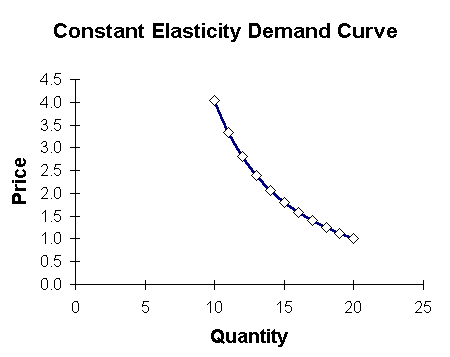
In Economics elasticity refers to the extent the demand for a certain item or product alters with the change in its cost. In elasticity the demand for the product is a dependent variable while its price is an independent variable. The demand for a certain product is said to be inelastic when the extent of the demand for the item does not budge despite the increase or decrease in the price. Similarly, the demand for an item is said to be elastic when its price is found to alter according to the change in its cost. This can be illustrated in the context of labour market under hospital setting.
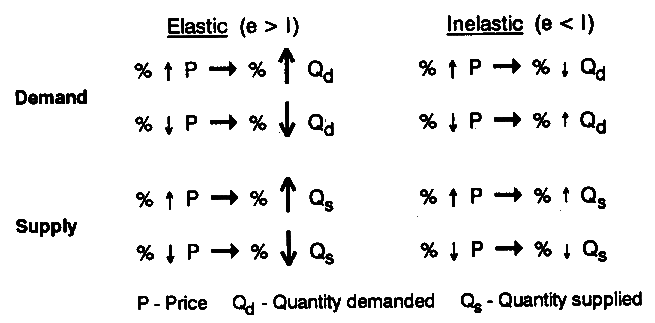
In a hospital setting a number of demands are elastic while many others are inelastic. To illustrate this point let us take a look at two particular cases we have at hand. The hospital setting we are presently at has two different patients: patient A and patient B. Patient A was admitted to the hospital sometime in the early hours of Monday morning after having had a gruesome motorbike accident on Highway 6. On inspection doctors found him to have experienced multiple fractures on his left feet, 2 of the bones of his rib cage also seemed to have snapped during the accident. Patient A has lost a lot of blood and was put into the ICU immediately after being brought into the hospital. Now, patient A’s case description clearly shows that he is extremely vulnerable at present and needs immediate medical attention. Given his condition patient A cannot help but seek medical assistance, irrespective of the price at which he manages to obtain it. Given that patient A’s need for medical attention would remain the same regardless of the price at which it is offered to him his demand for medical help is inelastic. (Grantham, 88)
Unlike patient A patient B is found to be suffering from a minor case of depression. He admits to depression being an issue in his family and confides that the workload at office has been excruciating in the past few months. Doctors at the hospital advice him to take psychiatric help and prescribe mild anti-depressants to keep him rooted. Despite their suggestions however patient B is reluctant to attend the (rather expensive) counselling sessions conducted by the hospital’s in-house psychiatrist. He argues that the problem is not particularly severe and can therefore be taken care of by the timely use of anti-depressants alone. Given his comfortable position and the ease with which he can deny medical assistance only due to its cost we may say that his demand for medical advice is elastic, and therefore likely to change according to the increase or decrease of the cost of the services at the hospital. (Grantham, 86)
Conclusion
Like the two cases we just discussed almost every patient in a hospital setting has an elastic or inelastic demand for medical help. Usually, the graver his/her medical condition is the more inelastic a patient’s demand for medical help tends to be. However, a grave situation might also reduce a patient’s demand for medical help occasionally. In such a situation the patient himself or the people taking care of him/her may be of the opinion that medical help is of little use to him/her. This is especially true in case of critically ill patients who are at the fag end of their lives. Such patients are often taken off medication and other forms of medical help (which is found to be of little or no use to them anymore) and instead allowed to live the rest of their lives comfortably in the peace of their own homes.
Works Cited
Grantham, Graham. Labour market evolution: the economic history of market integration, wage flexibility, and the employment relation. NY: Routledge, 2006.
Jones, Michelle. “Mainstream and radical theories of the multinational enterprise: Complementary approaches?” The International Executive 35.4, (2004): 339-356.
Minford, Patrick. “Monetary Policy and the Credit Crunch.” Economic Affairs 29.1 (2009): 82-91.